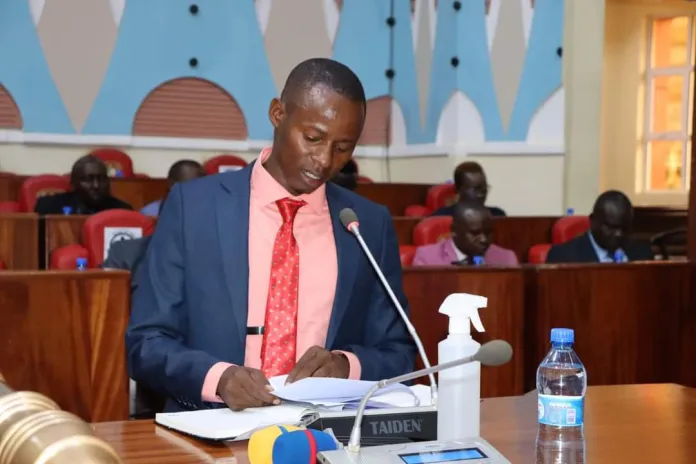Tourism Fund (TF) has also prioritized training for tourism and hospitality stakeholders. So far, 3,299 players nationwide have undergone TF-organized programs. Recently, 117 participants from Nyeri and Laikipia counties graduated after a 10-day training program at Nyeri National Polytechnic
The Tourism Fund (TF) has unveiled an ambitious strategy to harness the untapped potential of agricultural and adventure tourism in the Mt Kenya region. This initiative is part of a broader effort to diversify Kenya’s tourism offerings, rejuvenate the sector, and drive economic growth.
Renowned for its stunning landscapes, rich cultural heritage, and vibrant agricultural practices, the Mt Kenya region offers a distinctive blend of attractions poised to captivate both local and international visitors.
Promoting Agricultural Tourism
To revive the tourism industry, which was significantly impacted by the COVID-19 pandemic, TF is focusing on agricultural tourism or agri-tourism. This niche segment invites visitors to tea, coffee, and flower farms, offering firsthand experiences of Kenya’s iconic crop production and insights into sustainable farming practices.
“Agri-tourism provides a unique opportunity for visitors to understand the processes behind our agricultural products while supporting local economies,” said TF Training Manager Enock Chebii. “We believe the Mt Kenya region has the potential to become a key hub for agri-tourism.”
Silas Toachim, representing TF Chairman Samson Some, emphasized the importance of leveraging the region’s fertile soils, favourable climate, and diverse farming techniques to attract tourists and create awareness of agriculture’s role in Kenya’s economy.
Expanding Adventure Tourism
TF is also spotlighting the Mt Kenya region’s appeal as an adventure tourism hotspot. As home to Mount Kenya, Africa’s second-highest peak, the area attracts trekkers, climbers, and nature enthusiasts from around the globe.
“We are working closely with local communities and tourism operators to ensure world-class experiences for adventure tourists,” Toachim said. The Fund plans to enhance offerings such as hiking, rock climbing, zip-lining, and cultural immersion experiences, allowing visitors to connect with nature and the heritage of the Kikuyu, Meru, and Embu communities.
“There is a growing demand for nature-based experiences, and Mount Kenya, with its diverse wildlife, forests, and pristine landscapes, is perfectly positioned to capitalize on this trend,” Joachim added.
Supporting Sector Growth and Recovery
TF’s strategy aligns with the government’s broader goals of supporting tourism recovery and fostering sustainable economic growth. By diversifying beyond traditional safari and beach tourism, TF aims to attract tourists seeking cultural immersion, sustainable travel, and outdoor adventures.
This approach is expected to create opportunities for local communities, enabling farmers, artisans, and tourism operators to showcase their products, skills, and traditions. Partnerships with these stakeholders will promote inclusive growth, ensuring tourism benefits are felt at the grassroots level.
Investing in Skills Development
TF has also prioritized training for tourism and hospitality stakeholders. So far, 3,299 players nationwide have undergone TF-organized programs. Recently, 117 participants from Nyeri and Laikipia counties graduated after a 10-day training program at Nyeri National Polytechnic.
Nyeri Deputy Governor David Kinaniri commended TF’s efforts: “Players in the hospitality and tourism industries have been contributing levies to the Tourism Fund, and we are now seeing the good work being done to uplift the sectors.”
With ongoing investments in infrastructure, marketing, and community engagement, the Tourism Fund is optimistic about positioning the Mt Kenya region as a key driver of Kenya’s tourism recovery. This strategy is expected to attract more visitors, create jobs, and contribute to sustainable development in the region while enhancing Kenya’s global profile as a premier tourist destination.





